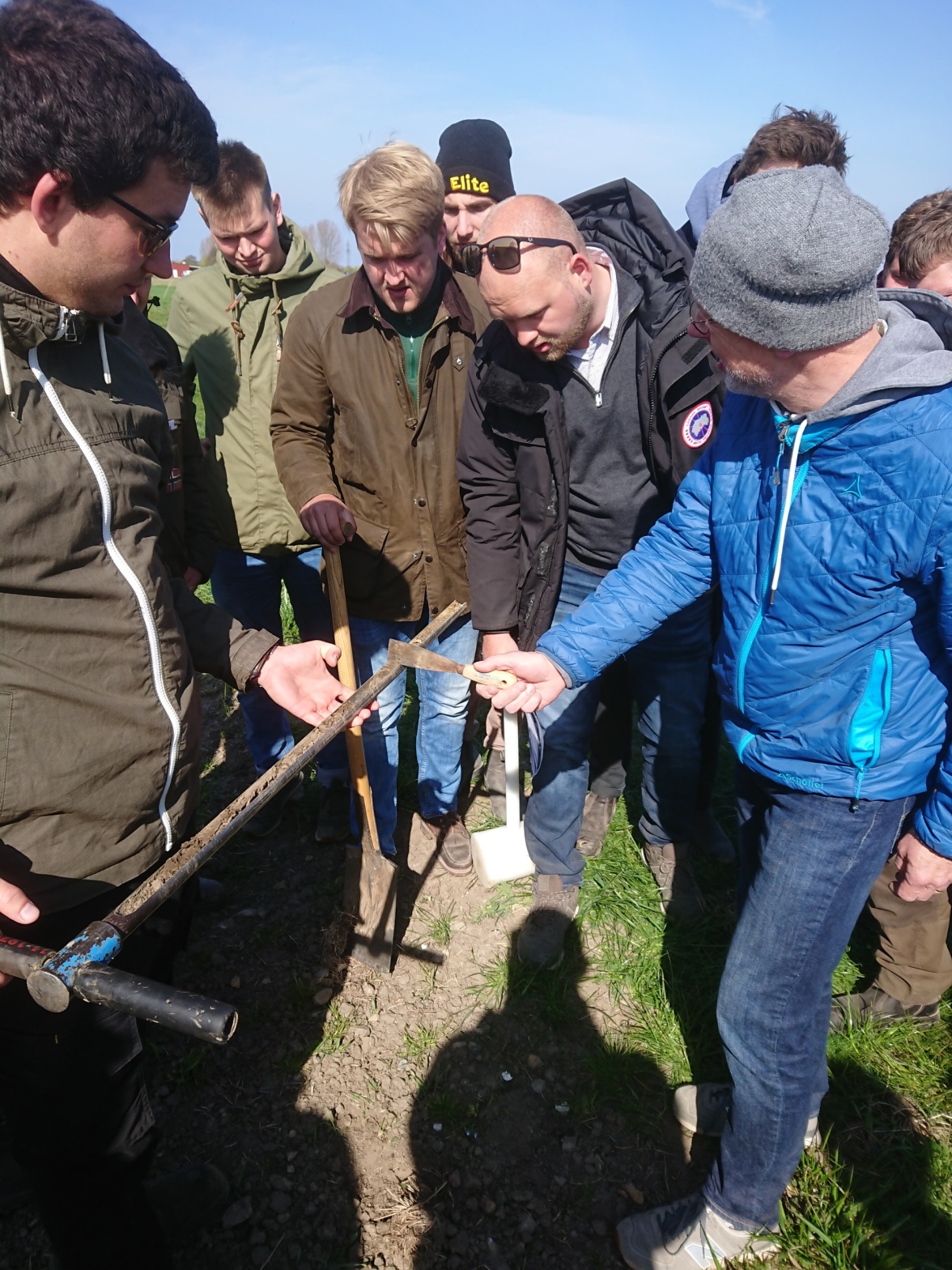Spring this year has been very odd so far - nights have been really cold, days have been warm and sunny, and there has been very little precipitation. One outcome of this strange spring is that staff at Lönnstorp had to start irrigating their apple trees and hedges in the SAFE (SITES Agroecological Field Experiment) agroforestry system a couple of weeks ago, much earlier than usual. The odd spring has also negatively affected the sugar beet trials at Lönnstorp, with low and variable emergence as a result, which has forced them to reestablish trials. Irrigation measures and reestablishments are very time-consuming activities so everyone is hoping for a more “normal” late spring, summer, and autumn.

There are many activities ongoing at the station at the moment. Aside from the preparation and establishment of trials, there have been many visitors. Last week more than 20 students and researchers from Kiel University visited the station. They were, among other things, looking at a new long-term experiment that investigates what effects a combination of different plant protection measures have on the development of grey mold on strawberries. They also had the chance to see experiments that are searching for agricultural traits in several hundred pea and faba bean varieties that could be suitable for Swedish breeding programs, and a trial that focuses on the effect that catch crops have on nutrient leakage. People connected to the NAPERDIV project have also spent a lot of time at the station during the spring, performing several assessments and measurements in the SAFE infrastructure. Students from SLU have had several lectures and exercises at the station, and this week there were visitors from Väderstad AB, a company developing agricultural machines.
People using the infrastructures at SITES Lönnstorp have recently published several scientific papers. Three of the papers are about the perennial grain crop (Thinopyrum intermedium) predominantly commercialized as Kernza® and two are about emissions of nitrous oxide from cover crops and crop residues (see below).
The Perennial Grain Crop Thinopyrum intermedium (Host) Barkworth & D.R. Dewey (Kernza™) as an Element in Crop Rotations: A Pilot Study on Termination Strategies and Pre-Crop Effects on a Subsequent Root Vegetable https://doi.org/10.3390/agriculture11111175
Agronomic performance, nitrogen acquisition and water-use efficiency of the perennial grain crop Thinopyrum intermedium in a monoculture and intercropped with alfalfa in Scandinavia https://doi.org/10.1007/s13593-022-00752-0
Perennial cereal grain cultivation: Implication on soil organic matter and related soil microbial parameters https://doi.org/10.1016/j.apsoil.2022.104414
N2O emissions from decomposing crop residues are strongly linked to their initial soluble fraction and early C mineralization https://doi.org/10.1016/j.scitotenv.2021.150883
Frost killed cover crops induced high emissions of nitrous oxide https://doi.org/10.1016/j.scitotenv.2022.155634